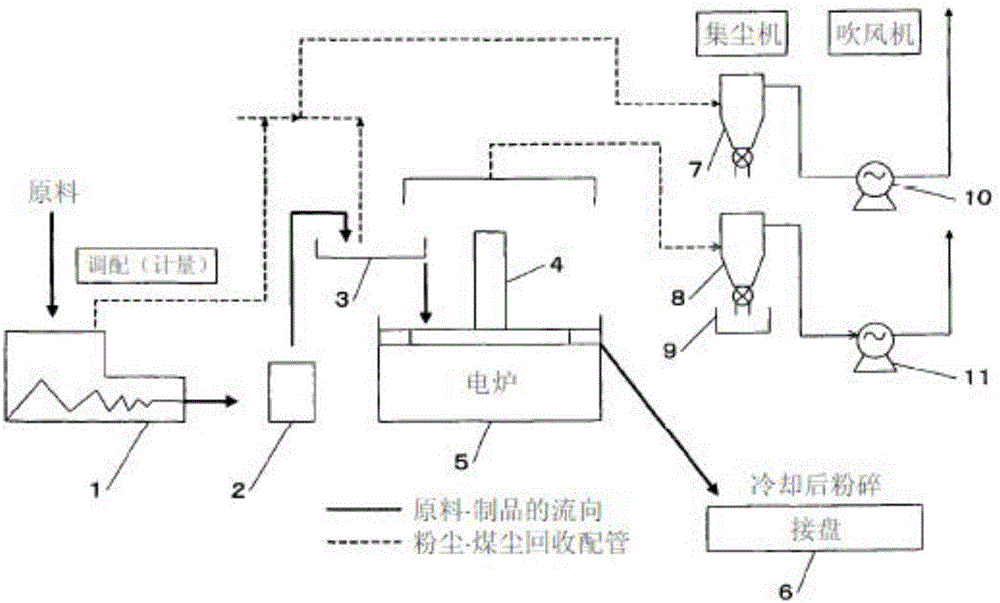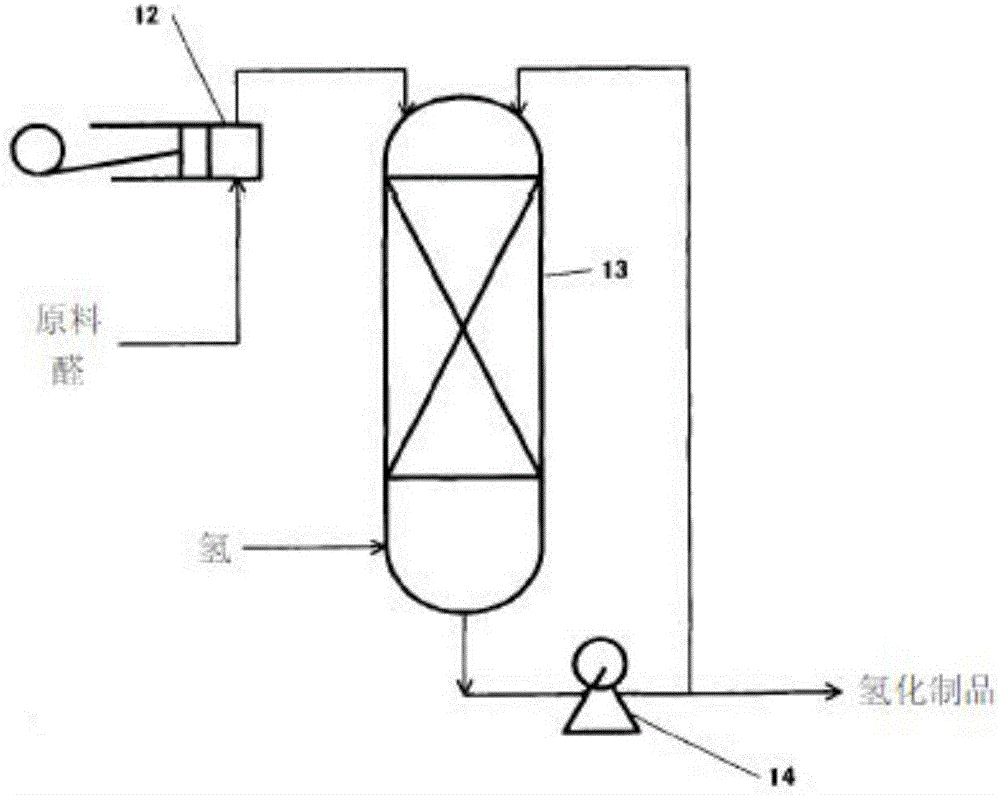Method for manufacturing nickel-silicon alloy
A manufacturing method, silicon alloy technology, applied in the preparation of organic compounds, chemical instruments and methods, preparation of hydroxyl compounds, etc., can solve problems such as the inability to restore catalyst functions, and achieve the effect of ensuring safety and excellent environment
- Summary
- Abstract
- Description
- Claims
- Application Information
AI Technical Summary
Problems solved by technology
Method used
Image
Examples
preparation example Construction
[0102] (Preparation of Sponge Nickel as Hydrogenation Catalyst)
[0103] The production method of sponge nickel, which is the maximum application of the nickel-silicon alloy produced in the present invention, is described in a large number of documents (for example, non-patent document 1, non-patent document 2). In general, a nickel-silicon alloy is developed in an alkaline aqueous solution and washed with water to obtain sponge nickel that can be used as a hydrogenation catalyst.
[0104] (Preparation of Sponge Nickel Catalyst: Expand)
[0105] An example of a method for preparing a sponge nickel catalyst is as follows.
[0106] The method of adjusting sponge nickel for fixed-bed hydrogenation device with a diameter of 25mm to 6mm is to develop nickel-silicon alloy in 48% sodium hydroxide solution at 85°C for 2 hours and 45 minutes, cool to room temperature, and wash with water for more than 8 hours. Obtain nickel sponge for hydrogenation. The nickel content of the nickel ...
Embodiment 1
[0123] As the nickel source of the raw material, relative to the used sponge nickel catalyst 100kg (nickel 62.7% by weight, silicon 34.4% by weight, iron 2.9% by weight), use an electric furnace residual alloy semi-finished product 5kg (nickel 35.8% by weight, silicon 61.6% by weight) , iron 2.6% by weight), new nickel 5.65kg, silicon source uses silica 41.1kg, carbon source uses charcoal 26.9kg, utilizes figure 1 Nickel-silicon alloys are produced by the method described in the nickel-silicon alloy production flow diagram shown. If the remaining alloy semi-products in the electric furnace are removed, a nickel-silicon alloy product with a specific gravity of 4.89, nickel 54.2 wt%, silicon 43.4 wt%, and iron 2.3 wt% is obtained with a yield of 99%.
Embodiment 2
[0125] As a nickel source as a raw material, 100 kg of a used sponge nickel catalyst (62.7% by weight of nickel, 34.4% by weight of silicon, and 2.9% by weight of iron) was used. In contrast, 30 kg of silica was used as a source of silicon, and 20 kg of charcoal was used as a carbon source. figure 1 Nickel-silicon alloys are produced by the method described in the nickel-silicon alloy production flow diagram shown. If the remaining alloy semi-products in the electric furnace are removed, a nickel-silicon alloy product with a specific gravity of 4.9, nickel 55.0 wt%, silicon 42.5 wt%, and iron 2.5 wt% is obtained with a yield of 99%.
PUM
| Property | Measurement | Unit |
|---|---|---|
| Diameter | aaaaa | aaaaa |
Abstract
Description
Claims
Application Information
 Login to View More
Login to View More - R&D
- Intellectual Property
- Life Sciences
- Materials
- Tech Scout
- Unparalleled Data Quality
- Higher Quality Content
- 60% Fewer Hallucinations
Browse by: Latest US Patents, China's latest patents, Technical Efficacy Thesaurus, Application Domain, Technology Topic, Popular Technical Reports.
© 2025 PatSnap. All rights reserved.Legal|Privacy policy|Modern Slavery Act Transparency Statement|Sitemap|About US| Contact US: help@patsnap.com



